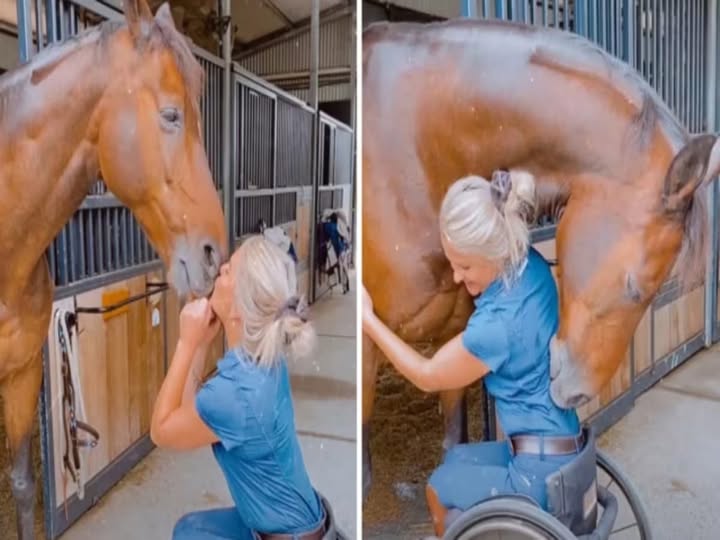People often say you never forget your first deeply personal experience. Mine, however, is marked not by joy or curiosity but by fear, chaos, and an overwhelming sense of vulnerability. Where others might recall a mixture of excitement or nervous anticipation, my memory is instead dominated by the sensation of tears streaming down my face, by the quiet trembling of my hands, and by the urgent movements of medical staff surrounding me as they tried to stabilize a situation that had spiraled out of control. A moment that should have been intimate, natural, and even empowering instead became a frightening sequence of events — a blur of panic in a bathroom, the cold antiseptic smell of a hospital room, and hours of examinations that seemed to stretch into an eternity. The incident left a mark far beyond the physical recovery, etching itself into my memory in vivid, almost unbearable detail.
Culturally, these kinds of experiences are often framed as milestones, rites of passage, or even comedic anecdotes. Stories are told in hushed whispers or exaggerated tones, painting a picture of awkward excitement or playful discovery. Yet rarely do we encounter narratives about what happens when things go wrong — when the body reacts unexpectedly, when complications arise, and when young people are left confused, isolated, and ashamed. Many communities treat conversations about health, consent, and bodily autonomy as taboo, leaving a vacuum filled by myths, misinformation, and guesswork. Young people, navigating their first encounters without guidance, often internalize a sense of shame for circumstances entirely beyond their control.
In my own case, the complications transformed what should have been a moment of trust and connection into a frightening ordeal. I remember the panic vividly: the tightness in my chest, the dizziness, the way the walls of the room seemed to close in around me. My friend, the one who had offered comfort and support, could only hold my hand as best they could, offering quiet words that barely penetrated my fog of fear. The hours that followed in the hospital were surreal. Tests, questions, and sterile procedures unfolded mechanically, while I replayed every detail of the event in my mind, searching for a moment where I could have done something differently, anything that could have prevented the chaos.
The emotional impact proved more enduring than the physical injuries. While my body eventually healed, the memory lingered, haunting quiet moments long after the incident. Every time I recalled it, a wave of shame and self-blame washed over me, even though doctors later confirmed that the situation had been largely preventable with prior preparation and knowledge. The realization was double-edged: relief that it could have been avoided, but frustration at the lack of education, awareness, and resources that might have spared me weeks of fear and months of emotional struggle.
Looking back, I see how the lack of open dialogue and practical guidance left young people like me navigating complex experiences with little support. Safety, consent, bodily knowledge, and communication are not intuitive for everyone, and without clear guidance, even minor complications can become overwhelming emergencies. My story is a reminder that education, honesty, and proactive preparation are essential — not just for physical well-being, but for emotional resilience as well.
Today, I recognize that the incident shaped much of how I approach personal experiences, intimacy, and communication. It taught me that fear and vulnerability are often intertwined with growth, and that having reliable knowledge and support can transform even the scariest moments into learning experiences rather than lasting trauma. It also impressed upon me the importance of speaking openly about these subjects, of dismantling the myths and silence that often surround them, and of empowering young people to navigate their bodies and their emotions safely, confidently, and without shame.
The night replayed countless times in my mind, each iteration bringing waves of regret, questions, and anxiety. But with time, reflection, and support, it became a lens through which I could examine the gaps in education and awareness that had left me unprepared. It became a story not just of fear, but of the necessity of preparation, guidance, and understanding. And while the memory will never fully fade, it now serves as a powerful reminder: with knowledge, communication, and care, what once felt like chaos can be transformed into insight, safety, and even empowerment.
